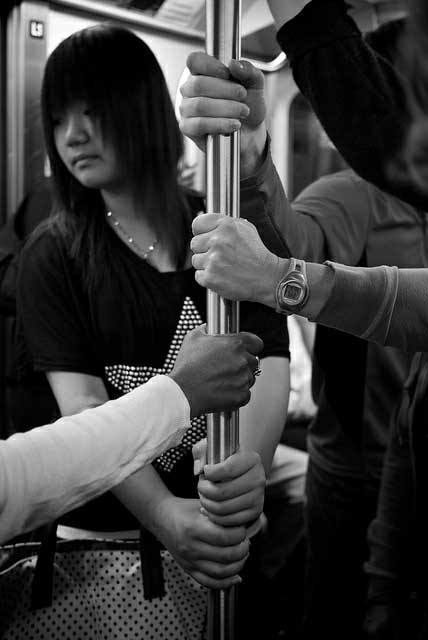The overwhelming majority of proteins and other functional molecules in our bodies display a striking molecular characteristic: They can exist in two distinct forms that are mirror images of each other, like your right hand and left hand. Surprisingly, each of our bodies prefers only one of these molecular forms.
This mirror-image phenomenon — known as chirality or “handedness” — has captured the imagination of a UCLA research group led by Thomas G. Mason, a professor of chemistry and physics and a member of the California NanoSystems Institute at UCLA.
“Objects like our hands are chiral, while objects like regular triangles are achiral, meaning they don’t have a handedness to them,” said Mason, the senior author of the study.
Why many of the important functional molecules in our bodies almost always occur in just one chiral form when they could potentially exist in either is a mystery that has confounded researchers for years.
Learn more about chirality – UCLA Newsroom
// Photo – 85mm.ch
